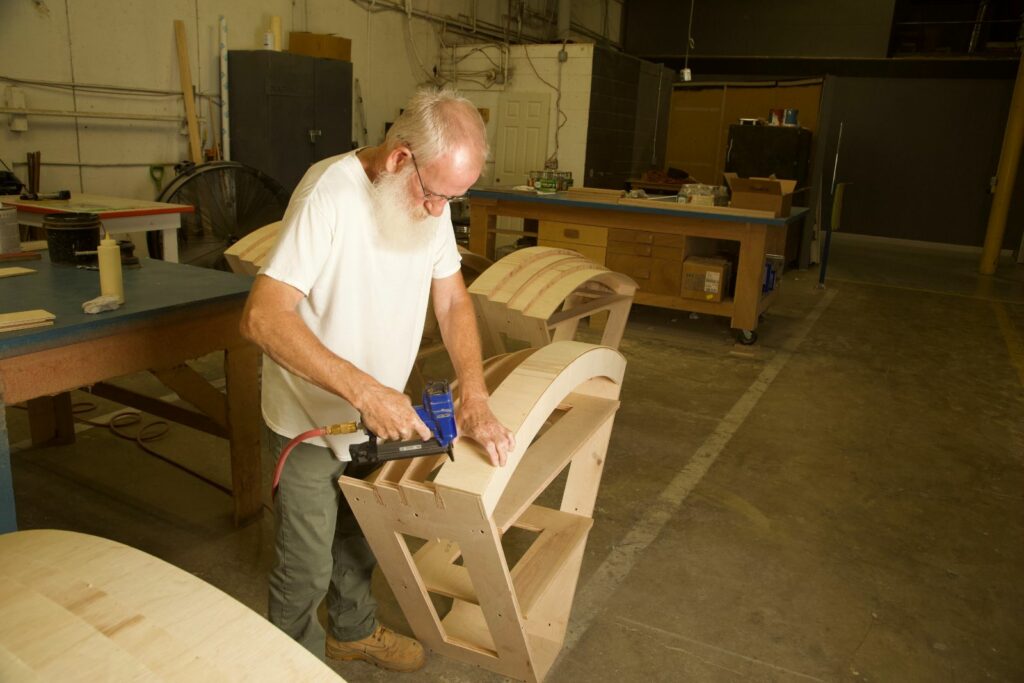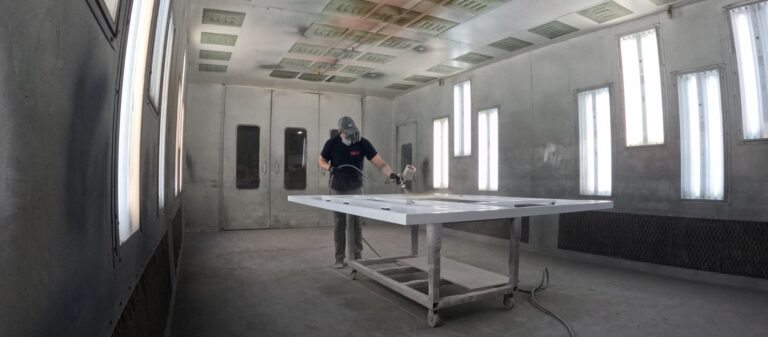There are about 238,000 professional woodworkers in the US. Whether you dream of joining their ranks or enjoy woodworking projects as a hobby, learning more about the activity is a great way to start.
Woodworking has a fascinating past and an exciting future. Learn how this “traditional” activity is adapting to the times and why it is still an incredibly cool job or hobby.
Woodworking can mean a lot of things. It can mean carving small trinkets to put on shelves or creating crates and boxes for storage. It can mean making wood furniture, crafting frames for photos, or adding ornate and appealing accents to previously-made wooden objects.
Regardless of your applications, woodworking is a productive art. It involves cutting, joining, and shaping pieces of wood to create a decorative or functional item.
Woodworking is great because it allows you to build something concrete with your hands. It also is a great career or hobby because it’s always evolving with new technology. This makes it fun, fresh, and challenging.
The History of Woodworking
Many people think that “woodworking” is a traditional term that refers to an antiquated hobby. This isn’t the case, but woodworking is a craft with a rich history.
Ancient civilizations in Egypt in China used woodworking to create furniture. Woodworkers are displayed in art from these periods. Many wooden objects are also preserved in ancient Egyptian tombs alongside royalty in their wood-interior coffins.
People continued woodworking all throughout history, trading in handmade bronze woodworking tools for durable steel saws. Though Ancient Egyptians also used finishes and varnishes, they too have adapted over time.
Where Are Woodwork Designs Seen?
Today, the results of woodworking projects are seen… well, just about everywhere.
If you are a museum exhibit designer, you likely constantly see the results of woodworking. Woodworkers carve out the space for exhibits, frame the glass containing items, erect wooden signs, and more. Anywhere there is a display case, a woodworker is almost always behind its design and creation.
However, wood design is also seen in other areas. Houses are often made from wood, as are the foundations for commercial buildings. Architecture is one of the biggest places where you’ll see woodworkers behind every project.
Woodworkers also create furniture like desks, tables, and chairs. However, the process looks much different today than it did in ancient civilizations. Power tools like table saws, miter saws, reciprocating saws, belt sanders, orbit sanders, and tools to apply finishes would have been unthinkable to early woodworkers.
How Is It Different Across Multiple Industries?
Overall, manufacturing is the largest woodworking industry. It makes up about 30% of the market. This makes sense when you consider that “manufacturing” encompasses everything from making furniture to trinkets to lumber for architecture.
Manufacturing is a broad market, but it isn’t the only one that uses a lot of woodworking. Other industries that incorporate a lot of wood design include
- Retail (14% of the market)
- Construction (11% of the market)
- Technology (8% of the market)
- Finance and professional services (5% of the market each)
Each of these industries will employ different woodworking strategies depending on the size of their projects. For example, construction-industry woodworkers will need larger industrial tools to create expansive foundational woodwork. Smaller and more precise tools will be needed for those manufacturing trinkets or wooden parts for machines.
Museum exhibit designers will likely need tools that work for cross-industry applications depending on exhibition size. The possibilities are limitless, and knowing your precise applications is key when drafting woodworking projects.
How Have Woodwork Design Solutions Changed Over Time?
Many hobby woodworkers enjoy using similar hand tools to their ancestors. However, others prefer to use new technology that has emerged in recent years. Professional woodworkers are always looking to adapt to the changing times to stay competitive.
Blades have become more efficient in recent years because of the way that they are produced. They’re designed to last longer than they did in the past, which can save money and boost your project’s efficiency.
People also create woodworking plans differently than they used to. Rather than plotting out the project with paper and pencils, they create 3D-rendered designs on a computer. This makes it easier to see what the final product will look like and what problems the designer may need to tackle on the way.
What Technologies Do Woodworkers Use Today?
One of the best modern woodworking technologies is computer numerical control (CNC) machinery. Rather than controlling machines by hand, the woodworker can use a computer to make the tools move. This means that they can open a computer program, quickly input detailed commands into woodworking software, and watch the tool automatically begin working.
This is ideal for commercial use because it shortens the time needed for projects. Professional woodworkers can get more done in a shorter timeframe, tackle more projects, and make more money.
CNC machining also is highly accurate. Users don’t need to worry about being off by even a centimeter assuming that they programmed their computers with care and precision. This is especially important when creating parts of larger structures like buildings or machines.
How Will Woodworking Continue to Change?
Make no mistake: technology is going to keep changing the woodworking industry for eternity.
However, though woodworkers are changing their ways and adapting to new production models, the heart of the matter remains the same. Woodworkers are creators. They are both artists and scientists as well as critical thinkers.
That’s the one thing that will always be true.
While many people think of woodworking as an antiquated art form, it’s anything but that. Woodwork design is a dynamic industry. The future is bright and adapting to new technological advancements every day.
1220 Exhibits is at the forefront of technological advances and implementing them in our work. If you are interested in joining our team, head to our About page to check out what positions we have available. Or if you would like to talk to someone about getting your project started, send us a message through the Contact Us page on our website!









